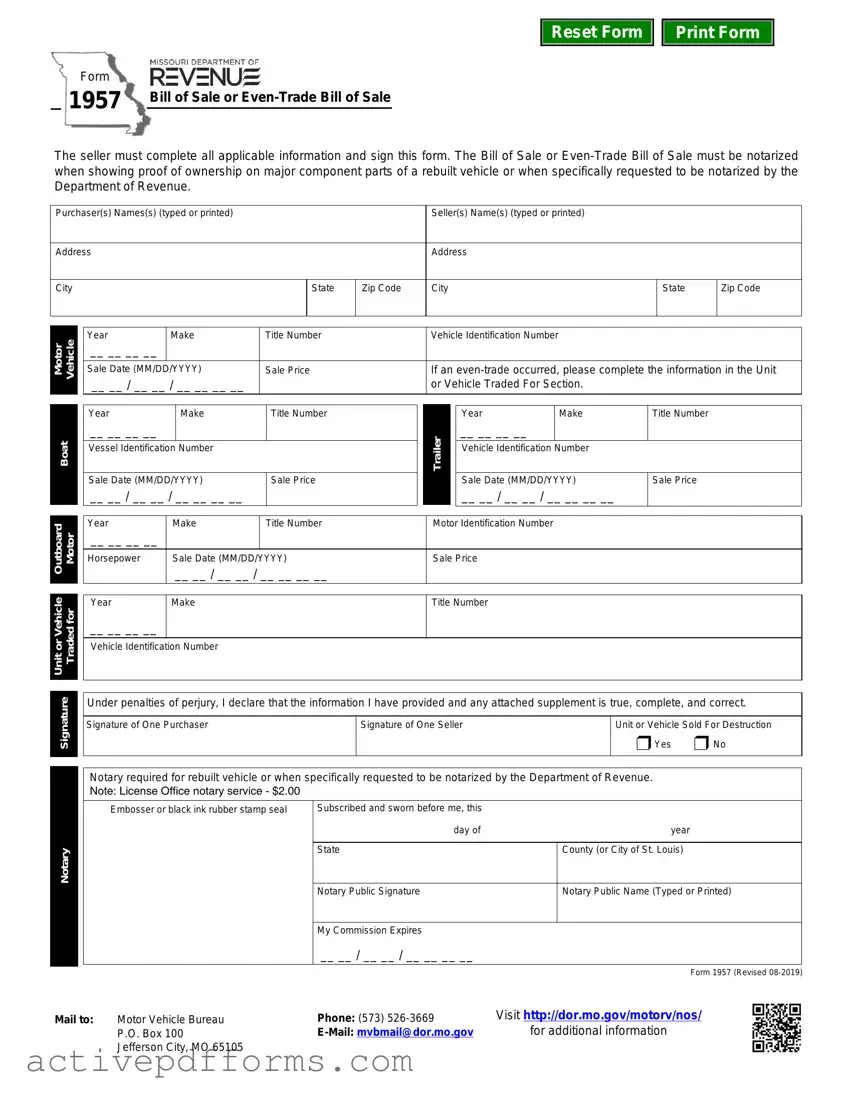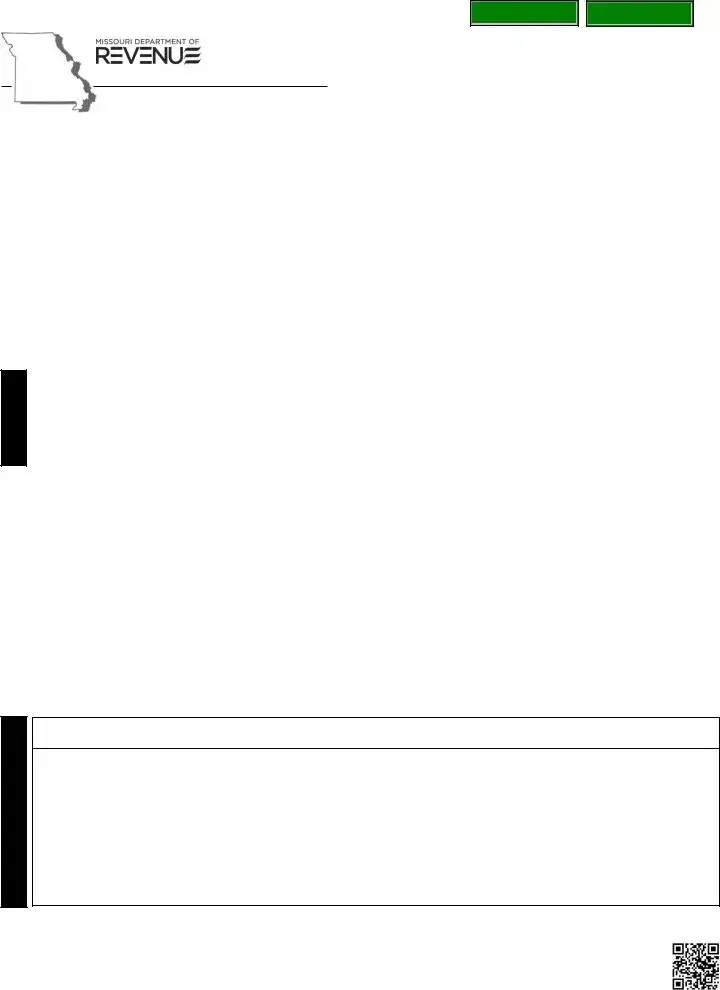In the sphere of selling personal property within the United States, one document stands out for its ability to officially record and legitimize transactions: the Bill of Sale (BOS) form. This pivotal document serves as a valuable tool in the conveyance of ownership from one party to another. Not only does it act as a proof of purchase or sale but also it significantly mitigates potential disputes by clearly laying out the details of the transaction, such as the description of the item sold, the sale price, and the date of sale. Moreover, the BOS form operates as a crucial element for tax purposes, both for the seller and the buyer, by providing a documented record of the transaction value. The form’s versatility extends to various types of personal property, including vehicles, boats, and even smaller high-value items. The adaptability and legal recognition of the BOS form make it an indispensable part of personal property transactions across diverse jurisdictions within the country.

